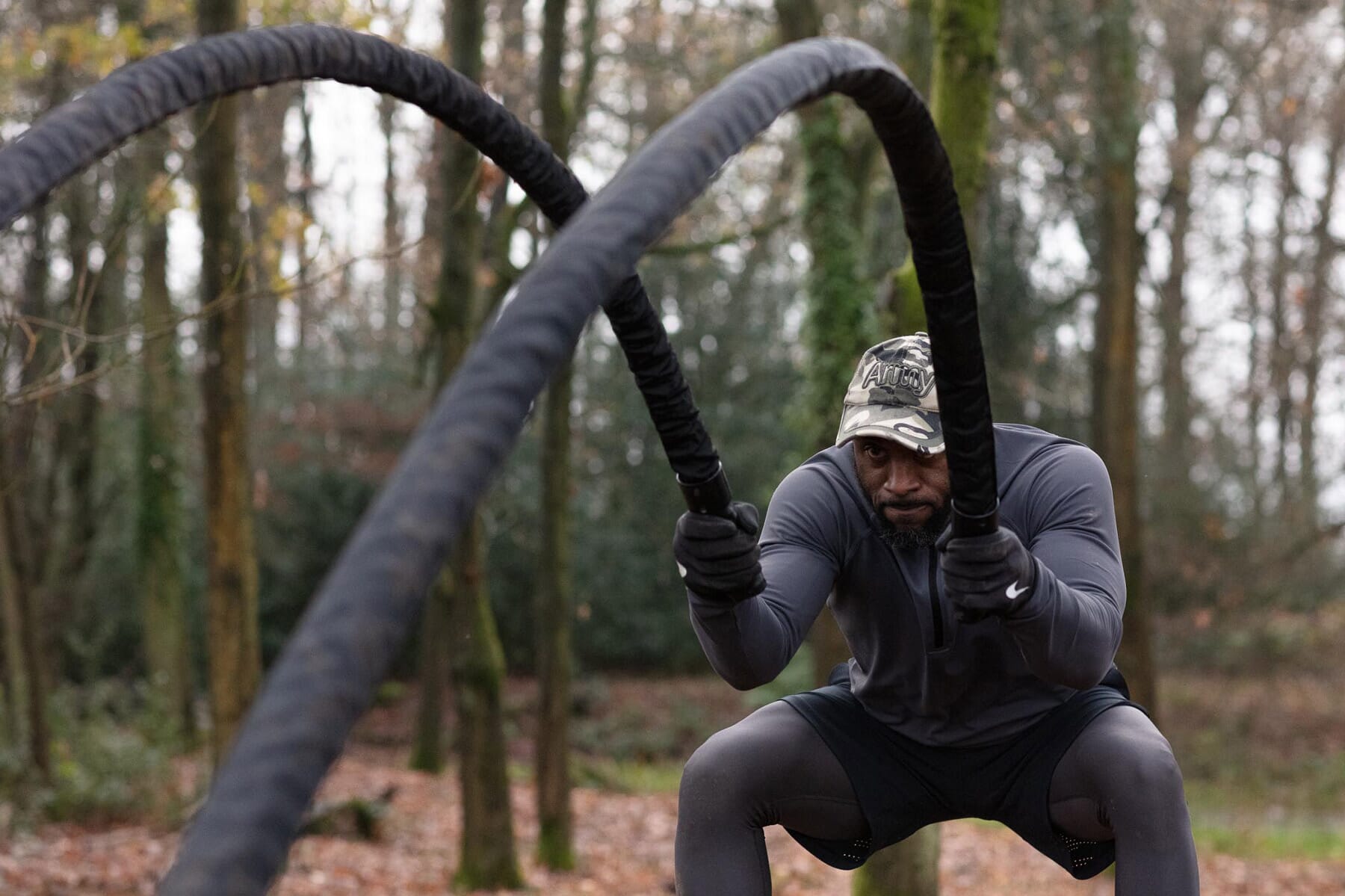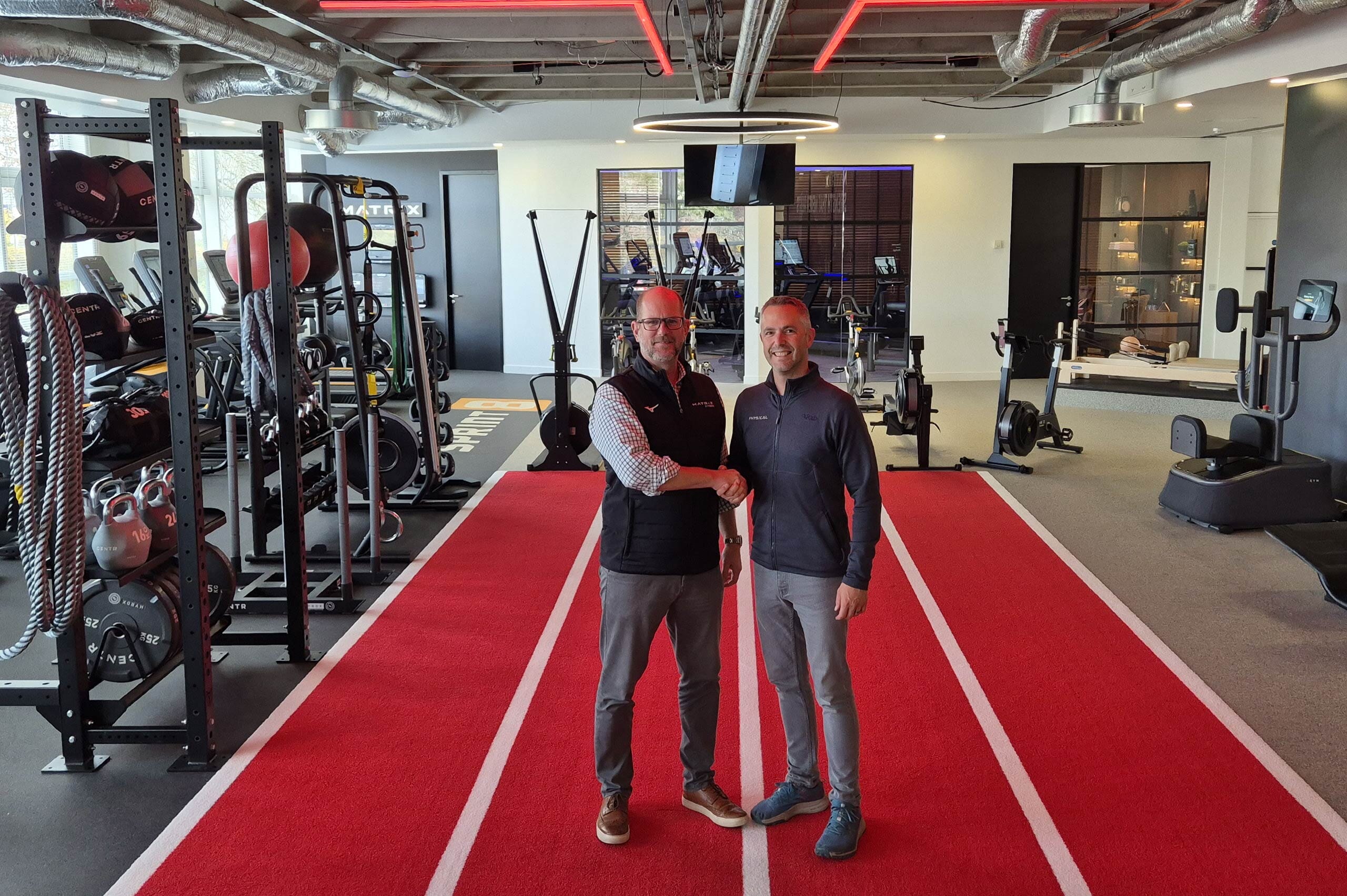
With its ability to enhance overall strength, agility and performance, functional training has become hugely popular in gyms around the world.
One common question that arises is whether functional training can effectively build muscle. In this article, we’ll explore the role of functional training in muscle development, the wide range of equipment involved, specific exercises for building muscle, and how it can improve overall performance.
Functional training equipment: Functional training incorporates a diverse array of equipment designed to challenge the body in dynamic ways. This includes weighted balls, slam balls, weighted bags, battle ropes, kettlebells, fitness tyres, sandbells, steelbells, TRX suspension trainers, ViPRs, BOSU Balance Trainers and far more besides.
Each of these tools adds challenge to functional training workouts, with the huge variety of functional gym equipment on offer meaning every workout can be made fun and different.
Muscle-building exercises: Functional training is indeed effective for building muscle. The key lies in the compound movements and high-intensity exercises involved.
Exercises like weighted ball slams, plyometric box jumps, kettlebell swings, sandbell squats, battle rope waves and steelbell lunges engage and challenge multiple muscle groups, promoting strength and hypertrophy. The use of resistance and instability provided by functional gym equipment like freeform boards, BOSU and TRX further intensifies the muscle-building stimulus.
All these exercises, combined with progressive overload principles such as increasing resistance or repetitions, can stimulate muscle growth and strength gains.
Improving performance: Functional training not only builds muscle but also enhances overall performance. By incorporating functional movements that replicate real-life activities – such as lifting, twisting and jumping – functional training improves muscular coordination, balance and joint stability. This translates into improved athletic performance in sports and everyday activities.
In conclusion, functional training – with its focus on compound movements, diverse equipment and high-intensity exercises – is an effective method for building muscle. By engaging multiple muscle groups simultaneously, functional training promotes strength gains and hypertrophy. Incorporating a variety of exercises and progressive overload principles can further enhance muscle development.







